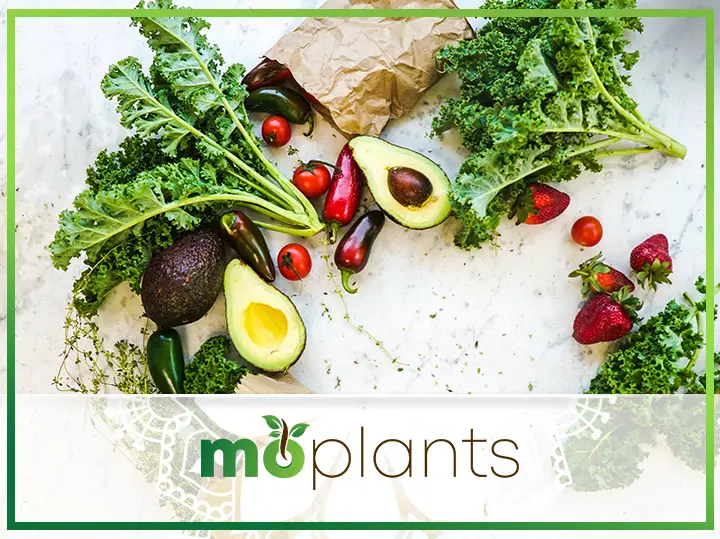Neem oil is an excellent organic insecticide that eliminates pests on plants. Its main component is azadirachtin, a naturally occurring chemical compound that affects insects’ eating, hormonal, and reproductive cycles.
However, if you are a beginner gardener, it is easy to get carried away while spraying your plants. If you have ever over-sprayed your plants or mistakenly sprayed them right before harvesting, you need not worry.
So, how can you wash the neem oil off plants and vegetables to keep them from giving you a stomach ache? The solution lies in spraying plants and vegetables with a simple soapy and water solution and then rinsing them with water. The soapy water will aid in removing neem oil particles, and rising with water will ensure the vegetables and plants are clear of soapy water and oil.
Why Is it Important to Remove Neem Oil From Vegetables?
Neem oil is a mildly toxic oil that prevents organisms from spoiling fruits and vegetables—as with any treated food, washing the vegetables to remove the neem oil before consumption is recommended. Although several commercial insecticides are available for treating pests, neem oil is more organic.
Neem oil could be dangerous to people, especially children, if the concentration exceeds the recommendations. It may also lead to kidney problems, seizures, and ischemia in severe cases. Moreover, people with sensitive skin may also develop an allergic reaction due to neem oil exposure.
Even if you are using a controlled amount of neem oil on your vegetables, washing them thoroughly is still necessary to ensure they aren’t lingering on them. Neem oil also has an unpleasant odor, which you will notice in the vegetables you have applied it to.
How to Wash Neem Oil off Vegetables?
After spraying your plants and vegetables with neem oil, you should wait for them to dry out for them to be effective. Generally, it takes between four to seven days for neem oil to work on pests. If you don’t plan to harvest or consume the vegetables for at least a week, don’t rinse the neem oil, as it may affect its performance.
Neem oil is a natural substance. Thus it doesn’t have a pre-harvest interval (PHI) like other pesticides. These figures are quite significant. You must wait the specified number of days after using a product with a PHI number before picking and consuming any vegetables that have been sprayed with it. You run the risk of consuming harmful substances if you do so before the suggested PHI number.
However, neem oil is different as it comprises chemical elements that are present naturally and act as effective insect repellents and killers.
Regardless of the duration you plan to wait before harvesting your vegetables, washing them to remove neem oil is a must. Follow these simple steps to remove neem oil from vegetables like peppers, eggplants, tomatoes, leafy greens, and more:
- Start by filling a large bowl with water, then add a teaspoon of liquid soap. Mix well to make a foamy solution. A large mixing bowl will give you the free space to soak and rinse your vegetables.
- Next, submerge your vegetables in the solution for one to two minutes. Doing so will kill any insects, spider mites, and aphids on them.
- Then, use a clean sponge to scrub your vegetables gently. We don’t recommend using an abrasive sponge as it may damage the vegetables.
- After soaking and scrubbing the vegetables, place them under fast-running water to clean them thoroughly. Place a colander next to the sink, and place your vegetables in it after separately washing each one.
- If you want your vegetables to be crisp and fresh, place them in clean ice water for half an hour.
- Now, your vegetables are clean and safe for your cooking and eating.
Final Word
Since neem oil is a moderately toxic compound, it is essential to wash it off your vegetables to make them safe for eating. Follow the tips in this blog post to ensure your vegetables don’t have any neem oil on them.

